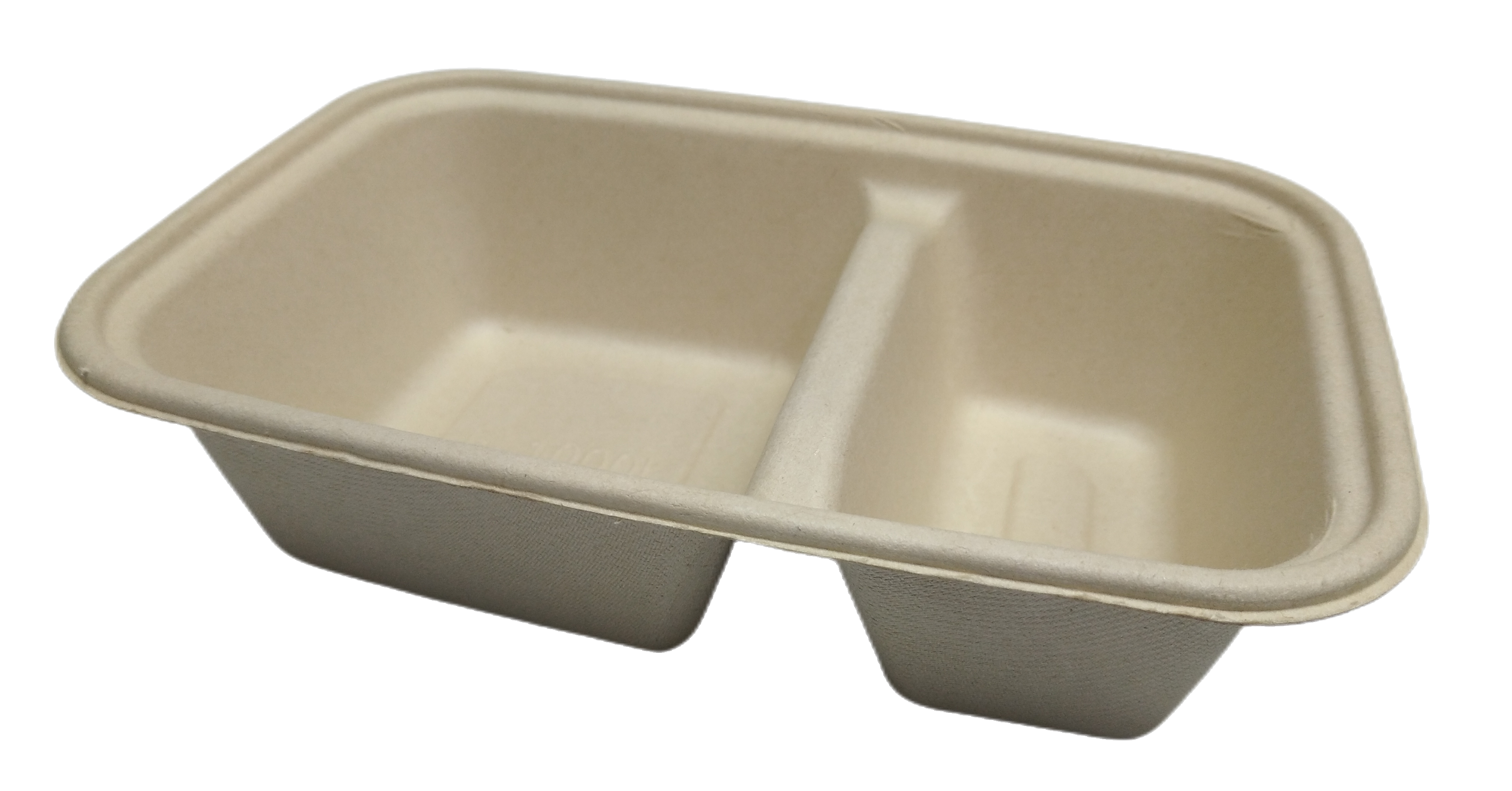جودة المصنع لأدوات المائدة من قصب السكر
تعد جودة مصنع أدوات المائدة من قصب السكر أمرًا ضروريًا لضمان متانة المنتجات وسلامتها. يتم تنفيذ إجراءات مراقبة الجودة في كل مرحلة من مراحل عملية الإنتاج للتأكد من أن المنتجات تلبي أعلى معايير السلامة والمتانة.
في بداية عملية الإنتاج، يتم فحص المواد الخام المستخدمة في صناعة أدوات المائدة بعناية للتأكد من عدم وجود أي عيوب أو شوائب. يتم بعد ذلك اختبار المواد للتأكد من قوتها ومتانتها للتأكد من قدرتها على تحمل قسوة الاستخدام اليومي.
| تغليف فوكودا القابل للتصرف | البعد |
| كما في الصورة | اللون |
| واضح/أسود | وتتم أيضًا مراقبة عملية التصنيع عن كثب للتأكد من أن المنتجات مصنوعة وفقًا لأعلى المعايير. تم تصميم عملية الإنتاج لتقليل النفايات وزيادة الكفاءة. يتم فحص وصيانة الآلات المستخدمة في عملية الإنتاج بانتظام للتأكد من أنها تعمل بأعلى كفاءة. |
وأخيرًا، يتم فحص المنتجات بحثًا عن أي عيوب أو عيوب. يتم تصحيح أي عيوب أو عيوب قبل شحن المنتجات إلى العملاء. وهذا يضمن أن المنتجات آمنة ومتينة للاستخدام.
من خلال تنفيذ تدابير مراقبة الجودة هذه، يمكن لمصانع أدوات المائدة من تفل قصب السكر التأكد من أن منتجاتها آمنة ومتينة للاستخدام. وهذا يساعد على ضمان حصول العملاء على منتجات ذات جودة عالية والتي سوف تستمر لسنوات عديدة.

فوائد استخدام أدوات المائدة من قصب السكر: نظرة على عملية التصنيع
The Benefits of Using Bagasse Tableware: A Look at the Manufacturing Process
Bagasse tableware is a sustainable and eco-friendly alternative to traditional plastic and paper disposables. It is made from the fibrous residue of sugarcane, a renewable resource, and is 100% biodegradable and compostable. The manufacturing process of bagasse tableware is highly efficient and sustainable, making it an ideal choice for businesses and consumers looking to reduce their environmental impact.
The manufacturing process of bagasse tableware begins with the collection of sugarcane stalks. The stalks are then cut into small pieces and ground into a pulp. This pulp is then heated and pressed into molds to form the desired shape. The molds are then dried and cut into the desired size.
The next step in the manufacturing process is to add a coating to the bagasse tableware. This coating helps to make the product more durable and resistant to water and grease. The coating also helps to prevent the bagasse tableware from absorbing odors and flavors from food.
The final step in the manufacturing process is to package the bagasse tableware. This is done by wrapping the product in a protective film or by placing it in a box. This helps to ensure that the product is protected during shipping and storage.
The benefits of using bagasse tableware are numerous. It is a sustainable and eco-friendly alternative to traditional plastic and paper disposables. It is also highly efficient and cost-effective, making it an ideal choice for businesses and consumers looking to reduce their environmental impact. The manufacturing process of bagasse tableware is also highly efficient and sustainable, making it an ideal choice for businesses and consumers looking to reduce their environmental impact.
